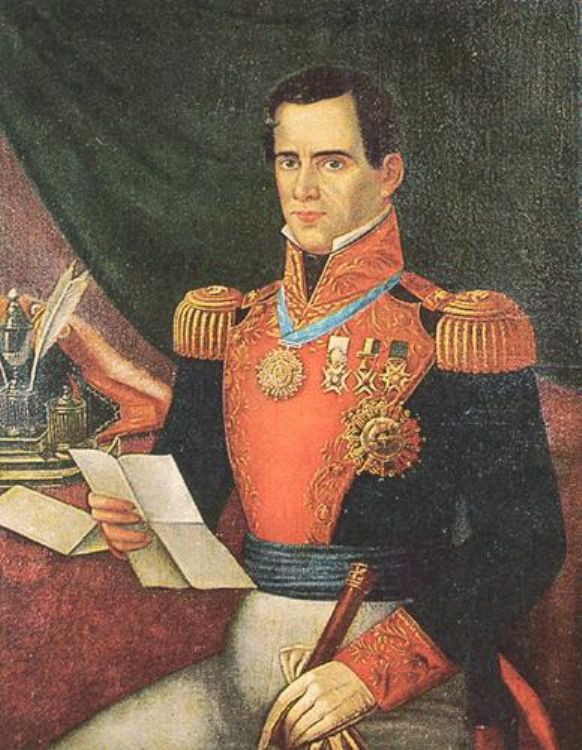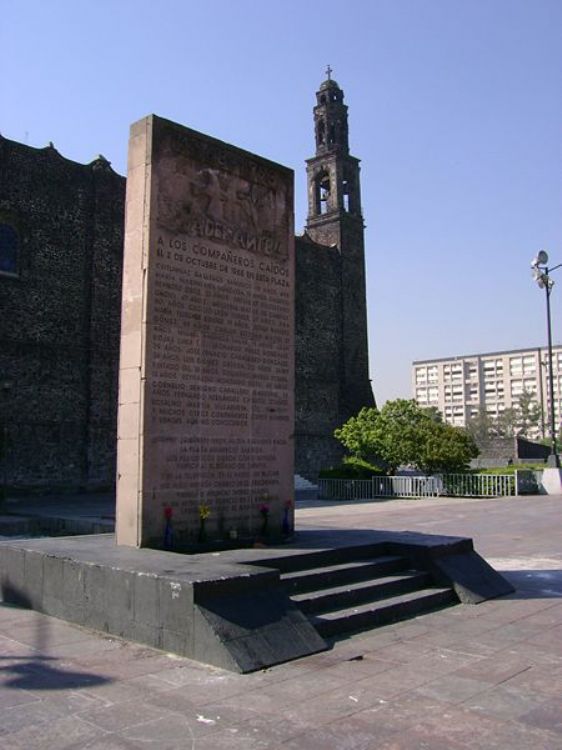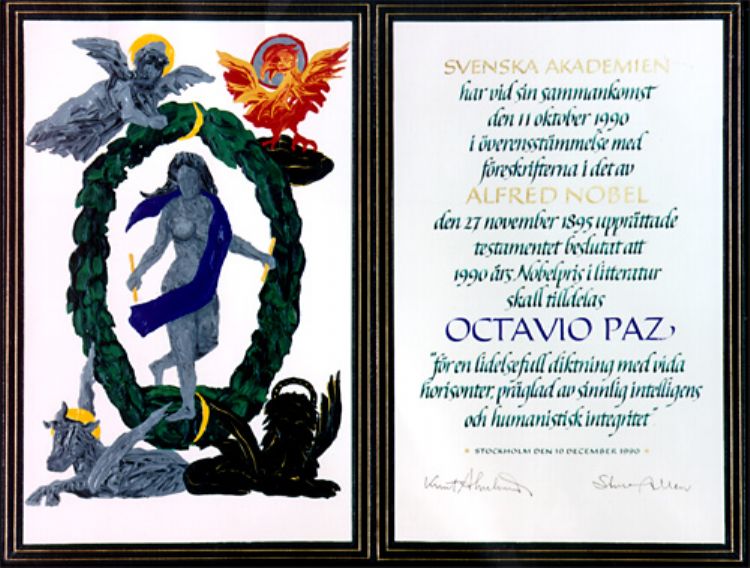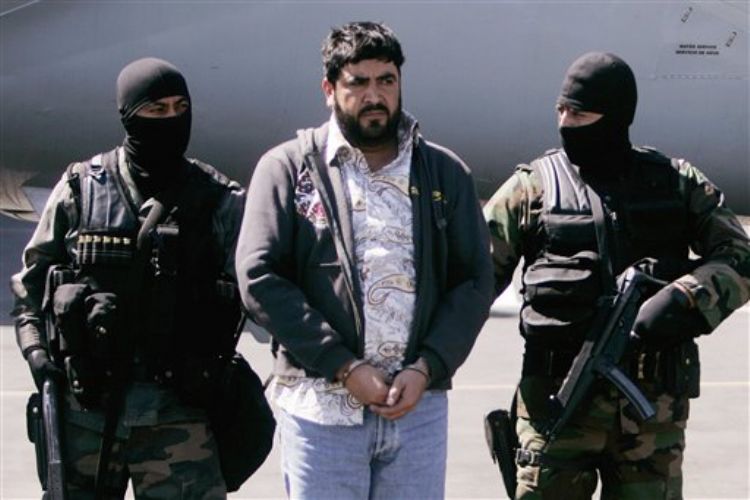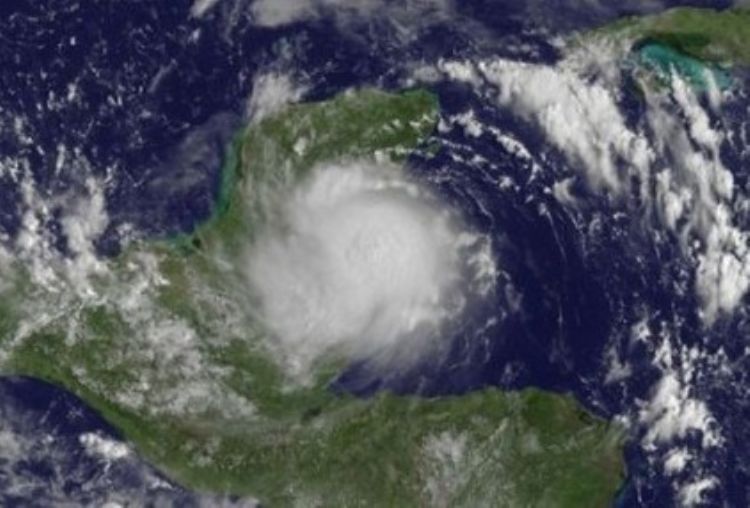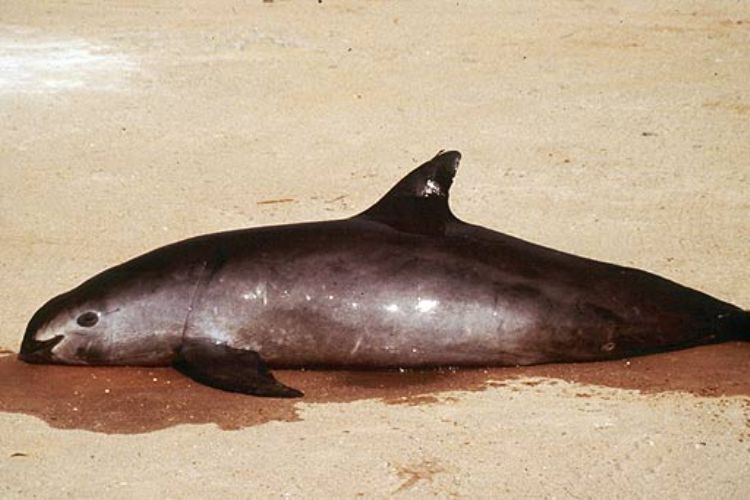Mexico's Crisis in 1994
.jpg)
The interpretation of the crisis lived by Mexico in 1994 has various sides. The first implies reviewing the economic stances established by the Government of Carlos Salinas de Gortari for counterbalancing the successive crisis that had affected during the immediate past. It initially attempted to improve production, as well as stabilizing the deterioration suffered by salaries and purchasing power. The government of Carlos Salinas de Gortari invested much of the public income in the creation of infrastructure and social services.
One of his priorities was to minimize inflation and recover the growth index that had been reached in the 80âs. Inflation during the first years was counterbalanced and kept within stable numbers, also decreasing the fiscal deficit and increasing competition in productivity.
The results express advances during this period, according to his government report of 1994, in 1988 inflation reached 180% compared to the former year, and his government achieved a 7% index of yearly inflation. The Gross Domestic Product grew at a 2.9% rhythm and Direct Foreign Investment increased by 10%.
Although in macroeconomic terms it is important to highlight the firm intention of his government to restore fiscal unbalances and foreign debt, it was also based on a strict vigilance of public expense, descending from 12.5% in 1998 to 0.5% GDP in 1998.
Regarding income policy, the fiscal reform took place and public prices and tariffs were standardized to international levels. The third measure was to restructure the public sector through the process of privatizing companies whose activity was not a fundamentally State task.
Simultaneously, it increased the public income through taxes and trade balance, originating the recovery of growth without recession situations.
On the other hand, the monetary policy of Banco de México had the goal of attacking inflation, as one of the main factors affecting the populationâs life quality; it was one of the priorities of Banco de México through article 28 of the Constitution. Despite the fact that Banco de México currently has legal autonomy for stating the defined credit, there are many economic factors with an influence for reaching true stability and growth. The exchange market was left free and sometimes returned to a fixed price limit.
The exchange market, however, related to other foreign factors, was influenced by the elevation of United Stateâs interest rates, which in turn prompted the flee of capitals from Mexico. This was motivated by political and social events, creating currency uncertainty.
The exchange rate reached the top of the determined limit, causing pressure for elevating interest rates. After March 1994, when an unfortunate political event took place, the assassination of presidential candidate for PRI, Luis Donaldo Colosio, the national reserves of Banco de México dropped from 28,321 million dollars to 11,000 million dollars, increasing such rates.
However, in certain aspects there seemed to be a positive panorama; the reserves situation was kept stable and rose to 16,221 million dollars. Recovery was also due to foreign exchange operations by the Federal Government, and the income resulting from the sale of its companies. Thus, the stability reached by these events exposed equilibrium in payment balance.
The levels of international reserves, still, continue above the monetary base, although this situation was diminished once again by political effects. Armed uprisings originated a lack of trust and the reserves dropped to 10,457 million dollars.
Added to this, the volatility of international financial markets and lack of trust prompted speculation. Therefore, the Exchange Commission again determined abandoning the exchange regime and accepted flotation. Another factor influencing the exchange stability was the increase in the channeling of resources from pension funds and investment of industrialized countries to emerging countries, supporting speculation; as well as the advantage offered by financial intermediaries for operating with by-products and foreign leverage, besides the technological changes allowing large money transfers in any part of the world.
Finally, there was an important deficit in current accounts, fed by consumer demand and the governmentâs great expenditure it invested in infrastructure and public works. Investors had bought âtesobonosâ and after the appearance of the Ejercito Zapatista de Liberación Nacional (EZLN) in Chiapas, they sold it and left the country without international reserves in the Banco de México. The ideal would have been to increase interest rates, allowing the contraction of the monetary base for avoiding the exit of more dollars. But the government of then President Carlos Salinas acquired a debt for not increasing the interest rates, what can be interpreted by some as a political decision rather than economic, due to the electoral times. The debt maintained the monetary base and stopped the rates from rising, which caused a greater escape of international reserves, dropping to only 9 million dollars.
Therefore, the way to correct it was ending the fixed exchange rate, but no adjustment was made, causing the consequent devaluation that severely affected income levels, purchase power and credibility in the countryâs financial markets.
Artículo Producido por el Equipo Editorial Explorando México.
Copyright Explorando México, Todos los Derechos Reservados.
Fotografía tomada de Wikipedia.Org Ver Autor y Licencia

